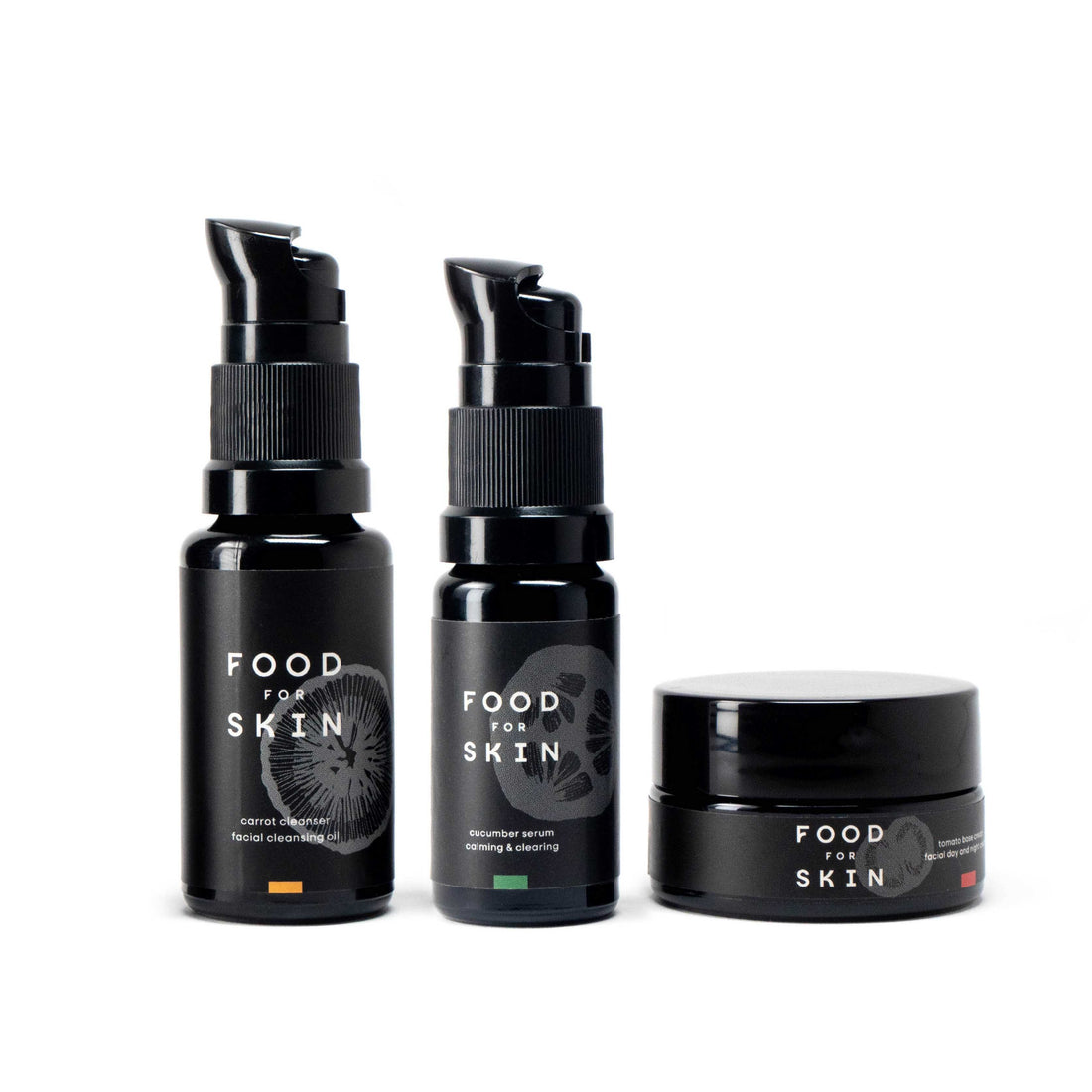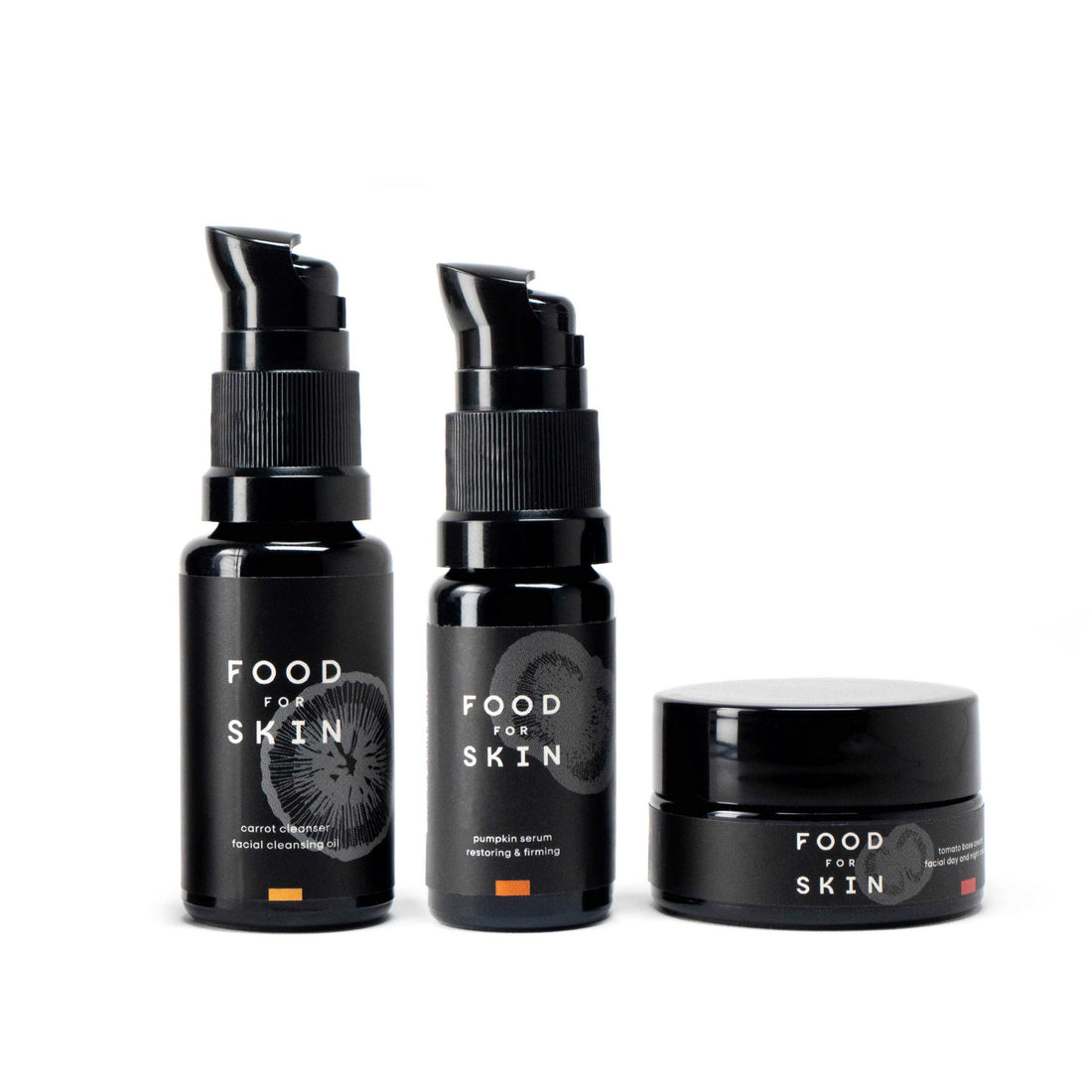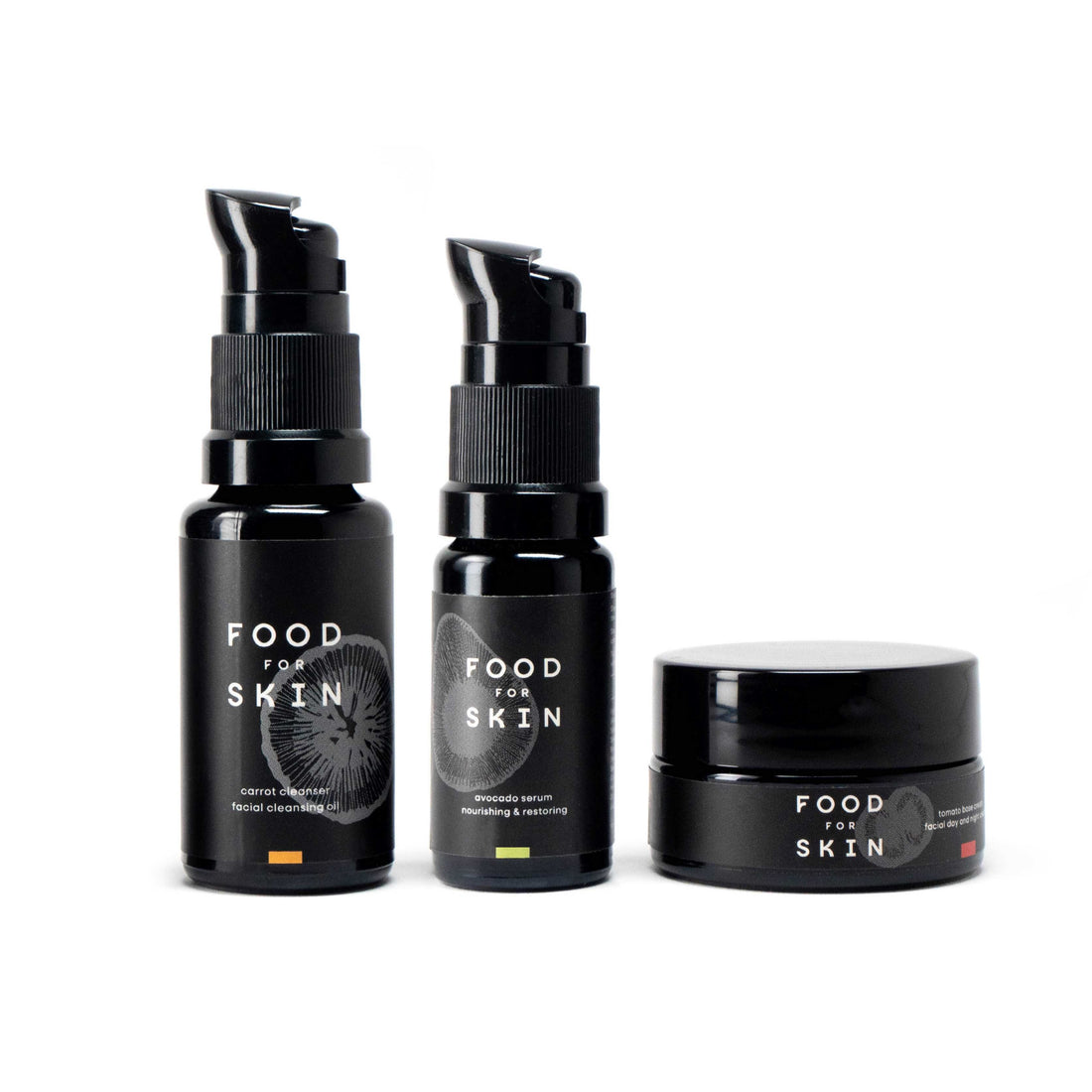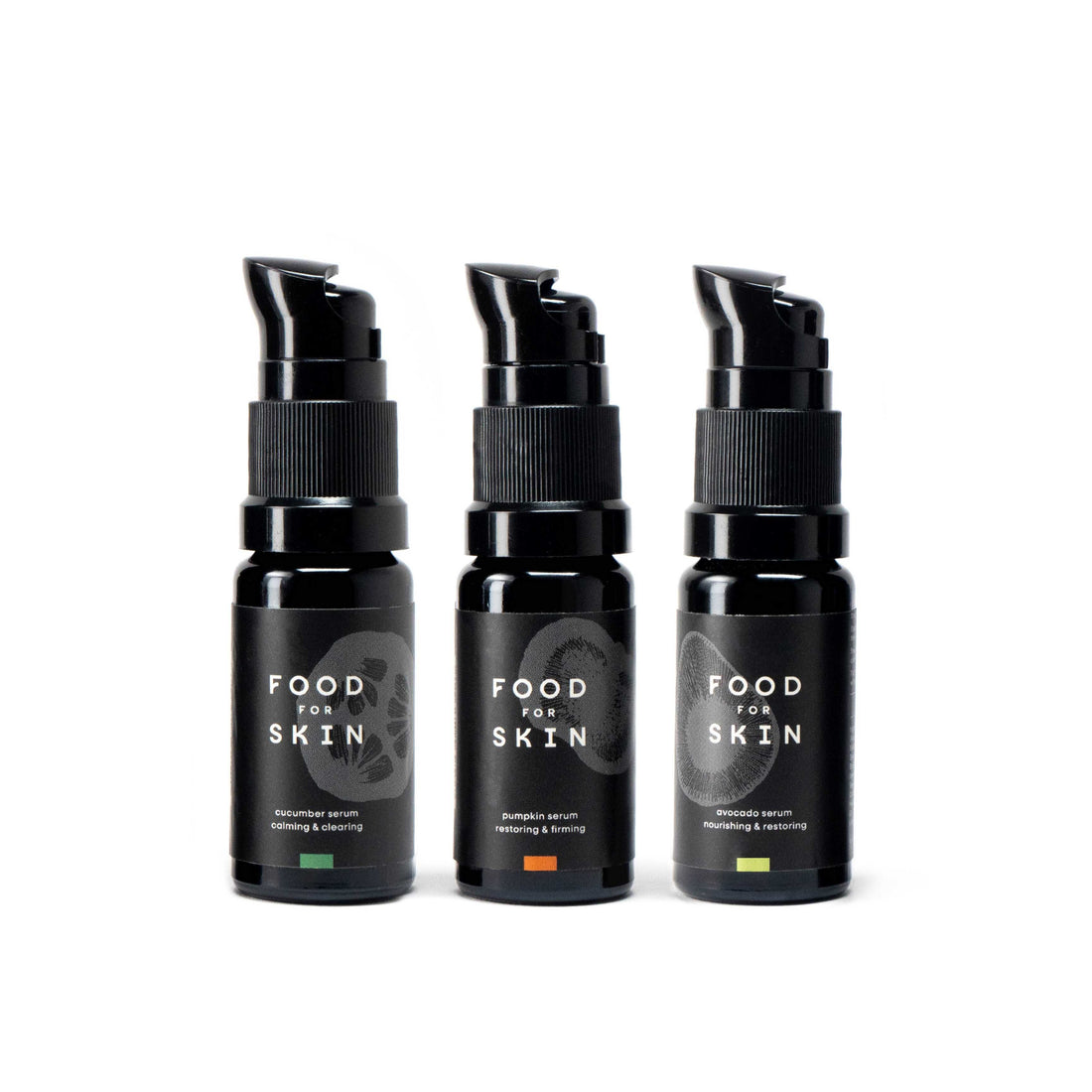Sun protection is more important than ever. Not only because of the rise in skin cancer, but also because of growing environmental awareness. Natural sunscreen is therefore gaining popularity. But what exactly is natural sunscreen? How does it differ from synthetic (also known as chemical) sunscreen? And is it safe for children, people with sensitive skin, or eczema? In short: Are you looking for a sunscreen that's good for your skin and the environment? Then you've come to the right place. In this comprehensive article, we provide clear answers to all your questions about natural sunscreen, with facts, figures, experiences, and independent sources.
In this article we will take you through:
-
What is a natural sunscreen?
-
Is it a chemical or synthetic filter?
-
Differences between natural and synthetic sunscreen
-
Nano versus non-nano
-
What makes natural sunscreen unique?
-
Is sunscreen harmful to coral?
-
Are all natural sunscreens safe and effective?
-
What ingredients should you avoid in "regular" sunscreens?
-
Which brands offer sustainable sunscreen?
-
Which brands offer sustainable sunscreen?
-
Natural sunscreen for children and sensitive skin (such as eczema)
-
Environmental friendliness of natural sunscreen
-
What does water resistant mean for sunscreen?
-
How to choose the right SPF for natural sunscreen?
-
Practical tips for safe use of natural sunscreen
What is natural sunscreen?
Natural sunscreen is a type of sun protection product that primarily consists of mineral UV filters, such as zinc oxide and titanium dioxide, instead of synthetic chemical filters. Mineral filters work by forming a physical barrier on the skin: they reflect and block UV rays, while synthetic chemical UV filters (such as oxybenzone or avobenzone) absorb the radiation and convert it into heat. Natural sunscreens also often contain nourishing ingredients from nature, such as plant oils and natural waxes, and are usually free of microplastics, parabens, or artificial fragrances.
Chemical or synthetic?
Natural sunscreen is often compared to chemical sunscreen. This isn't a good choice of term, as all sunscreens are made chemically. A chemical process doesn't automatically mean something "unnatural" or "synthetic" is involved. It simply refers to mixing, preserving, thickening, or stabilizing substances to create a final product. Therefore, the comparison natural/mineral versus synthetic would be more accurate.
Differences between natural and synthetic sunscreen
-
UV Filters: Natural sunscreen uses mineral filters (zinc oxide, titanium dioxide) and non-mineral sunscreen uses synthetic filters.
-
How it works: Mineral filters reflect UV light. Synthetic filters absorb it.
-
Ingredients: Synthetic sunscreens often contain synthetic additives such as parabens, perfumes, and microplastics. Natural sunscreens usually don't. Want to be sure there are no synthetic ingredients? Then choose a 100% natural version.
-
Environmental impact: Synthetic filters are linked to damage to coral reefs and aquatic organisms (more explanation below); mineral filters in non-nano form (more explanation below) are more environmentally friendly.
-
Skin reactions: Natural sunscreen is often better for sensitive skin and people with allergies.
Because mineral sunscreen adheres more to the skin, it can feel thicker or leave a white cast. In the past, you often walked around looking like a ghost, but today, many formulas are designed to minimize this white cast without compromising protection.
Nano versus non-nano
Nanoparticles are so small that they can be easily absorbed by your skin, but also by plankton, corals, and fish. Non-nano particles are less easily absorbed because they are larger. The advantage is that this is safer for the environment and the body (less absorption). The disadvantage is that it has a slightly thicker texture and is less transparent. Fortunately, it is still possible to make a fine, spreadable cream from it, for example, using fine fruit oils.
What makes natural sunscreen unique?
Natural sunscreen uses (non-nano) mineral filters, which are both environmentally friendly and suitable for sensitive skin. Synthetic sunscreens can potentially harm coral and marine life.
You're increasingly seeing "reef safe" or "ocean friendly" on packaging. Be careful, though, as these are n't protective terms , so anyone could put them on their packaging. Check the ingredients list carefully.
Is sunscreen harmful to coral?
Let's be clear: the sea and coral probably prefer no sunscreen at all. But how strong is the evidence that synthetic sunscreen is harmful to coral? The science behind this is fairly clear, but there are nuances. Several laboratory studies demonstrate direct damage from substances like oxybenzone, octinoxate, and octocrylene. These substances cause DNA damage and lead to deformations, growth retardation, and coral bleaching. Source: Research by CA Downs et al. in Archives of Environmental Contamination and Toxicology. Laboratory studies have also been conducted on the mineral filters zinc oxide and titanium oxide, which showed that these filters , in the form of uncoated nanoparticles, can be harmful to coral. Source : Shengwu Yuan et al., Environmental Science & Technology 2023.
The caveat is that this hasn't yet been 100% confirmed in nature. In open water, it's difficult to draw direct correlations because many other factors influence coral mortality (pollution, global warming, overfishing). Furthermore, the concentrations of UV filters are lower than in lab tests.
While there is still debate about the exact ecological impact in the wild, the scientific consensus is that certain UV filters pose a risk and are therefore banned in some areas.
That is why we choose what is currently considered the safest option: non-nano, uncoated zinc oxide as a mineral filter.
Are all natural sunscreens safe and effective?
Not every sunscreen marketed as "natural" offers equal protection. Choose products with clear UVA and UVB protection and at least SPF 30. Make sure the filters are non-nano, as nano-forms can potentially be absorbed into the body through the skin and have an unclear environmental profile. It's also best to look for additional certifications.
Facts and figures:
-
The EU allows a maximum of 25% zinc or titanium dioxide in sunscreen. Source: gov.uk.
-
Only two UV filters have been recognized as safe by the FDA : zinc oxide and titanium dioxide. Source: fda.gov.
-
Oxybenzone was found in the blood of 97% of people tested ( CDC, US ). Source: US Centers for Disease Control (CDC).
What ingredients should you avoid in "regular" sunscreens?
Many common synthetic UV filters have been criticized for potential hormonal disruption, allergies, and negative environmental effects:
-
Oxybenzone (benzophenone-3): associated with possible hormone-disrupting properties, reduced fertility, and found in breast milk. Banned in many tropical countries due to damage to coral reefs.
-
Octocrylene: breaks down into benzophenone (possibly carcinogenic), harmful to coral, commonly found in approximately 2,400 sunscreen products worldwide.
-
Homosalate: possibly endocrine disrupting, accelerates the absorption of other substances through the skin, now permitted in Europe in a limited amount of 1.4%.
-
Octinoxate: possible hormone disruptor and harm to marine life.
-
Avobenzone: breaks down under sunlight, must be combined with other synthetic stabilizers, which may cause side effects.
-
Parabens and phthalates: synthetic preservatives that can disrupt hormone balance.
Various studies show that these substances easily penetrate the body through the skin. Pay attention to labels, avoid the ingredients mentioned above, and preferably choose natural sunscreens with transparent ingredients.
Which brands offer sustainable sunscreen?
Fortunately, more and more brands are offering beautiful, natural sunscreens with the least possible impact on the planet.
Some 100% natural sun protection brands without microplastics are :
-
Food for Skin SPF 30. 100% natural, non-nano zinc oxide, 100% PCR tube, very nourishing, fragrance-free, made in the Netherlands.
-
Beach Street, non-nano zinc oxide, plastic-free.
-
Nourished. Zinc oxide, made in the Netherlands, with vanilla extract.
-
Loveli. Non-nano zincoxid. Choose the fragrance-free version.
-
Lois Lee. Non-nano zinxoide. Note: SPF 20.
-
Inika. Zinc oxide, unscented.
-
Witlof Skincare. SPF 30 day cream with zinc oxide (make sure you apply enough!).
-
SMPL. Titanium dioxide, nano-coated. Fragrance-free.
Natural sunscreen for children and sensitive skin (such as eczema)
Natural sunscreen is generally suitable for babies, children, and people with sensitive or eczema-prone skin. Mineral filters like zinc oxide form a protective layer on the skin and are barely, if at all, absorbed by the body. This minimizes the risk of irritation and hormonal disruption. Make sure the product is free of perfumes and harmful alcohols, as these are also often triggers.
Environmental friendliness of natural sunscreen
Synthetic sunscreens can end up in the ocean while swimming. Some UV filters, such as oxybenzone, octocrylene, and octinoxate, are linked to potential harm to aquatic life, including coral, fish, and plankton. For this reason, several countries, particularly in tropical regions, have banned the use of these ingredients. Mineral sunscreen, especially those containing non-nano zinc oxide, is generally considered the most environmentally friendly option.
Note: 'Reef safe' or 'ocean friendly' are not protected terms. Therefore, always check the ingredients list.
What does water resistant mean for sunscreen?
Water-resistant sunscreen means the product continues to provide protection for a certain period after contact with water. Regular sunscreen washes off more quickly when swimming or sweating. It's also better for coral and marine life if the sunscreen stays on your body as well as possible.
However, it is recommended that you reapply the sunscreen after swimming, as some of it may have worn off due to chafing, drying, etc.
How to choose the right SPF for natural sunscreen?
The Sun Protection Factor (SPF ) indicates how much longer you are protected from UVB rays. SPF 30 means approximately 97% protection, SPF 50 about 98%. For children, people with fair skin, or for prolonged exposure, a minimum SPF of 30/50 is recommended. Always choose " broad spectrum " protection (UVA and UVB). This is clearly stated on the packaging of good natural sunscreens.
Practical tips for safe use of natural sunscreen
-
Apply liberally: apply two fingers (lengthwise) to each body part. For example: two for arms, two for neck and face, etc. Source: KWF.
-
Repeat every 2 hours and always after swimming, sweating or towel drying.
-
Don't forget the ears, nose, neck, feet and the backs of the legs.
-
Dress children lightly, wear a hat/cap and protective clothing for extra protection.
-
Avoid the sun between 12 noon and 3 pm when the rays are at their strongest and seek shade often.
-
If possible, choose environmentally friendly, recyclable packaging (for example, a 100% PCR tube).
- Extra tips
Conclusion
Natural sunscreen offers an effective and relatively environmentally friendly alternative to regular sunscreen. Especially for children, sensitive skin, eczema, or environmentally conscious users, natural sunscreen is the easiest and best choice. When purchasing, carefully check the ingredients, look for "non-nano" minerals, and choose fragrance-free versions if possible. Remember: no sunscreen, no matter how good, never offers 100% protection. Don't spend hours lying in the sun, protect yourself with clothing, and seek shade.









